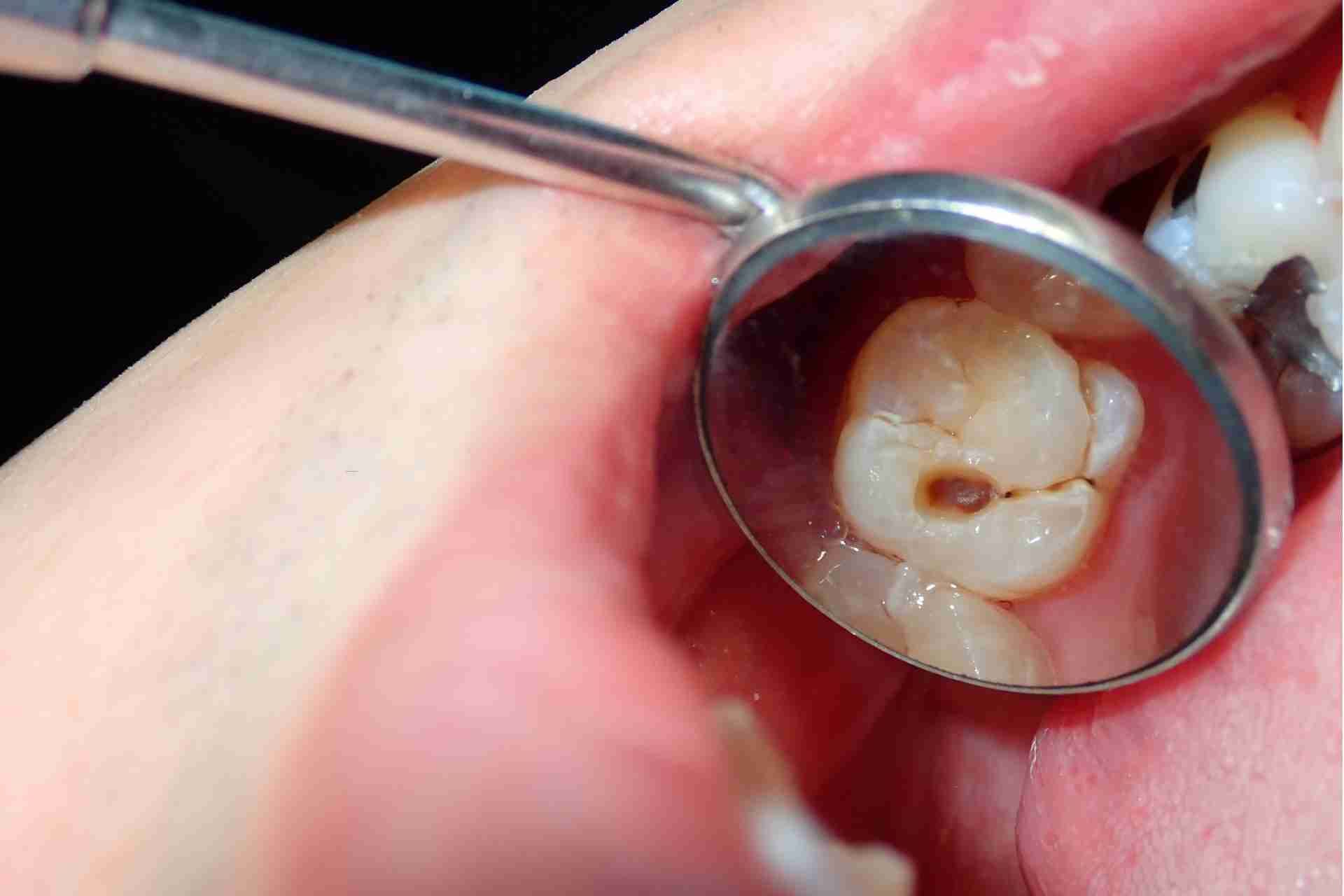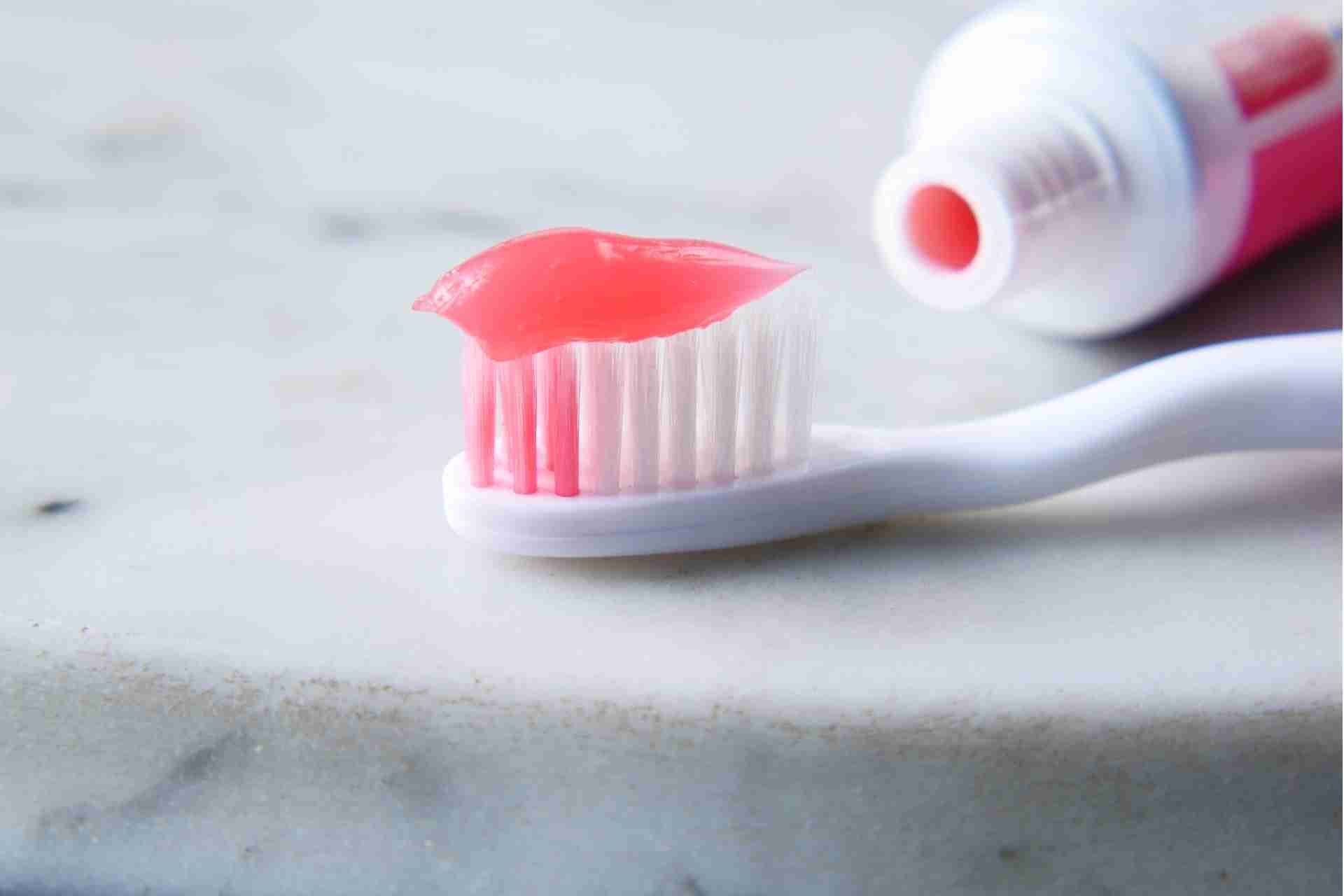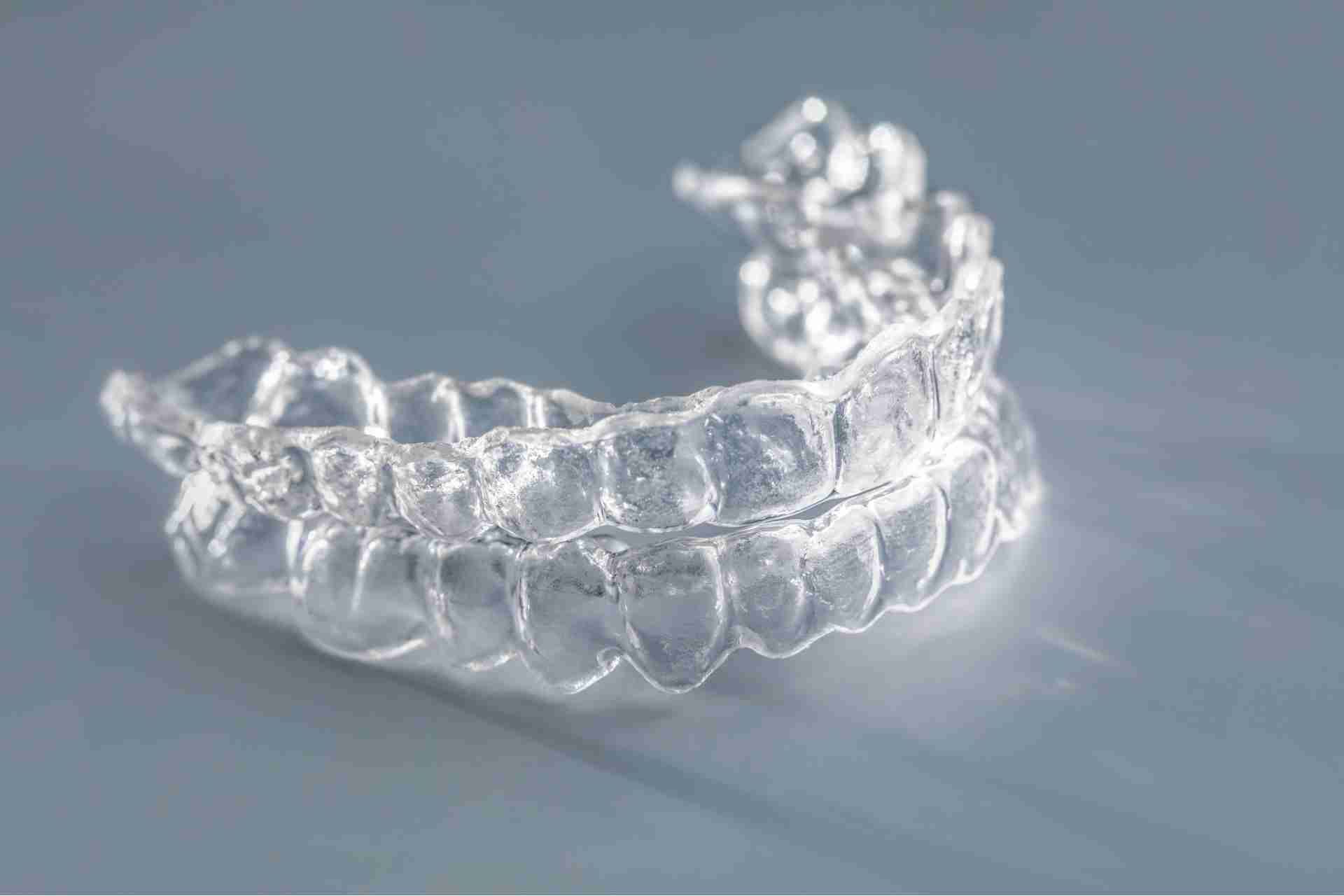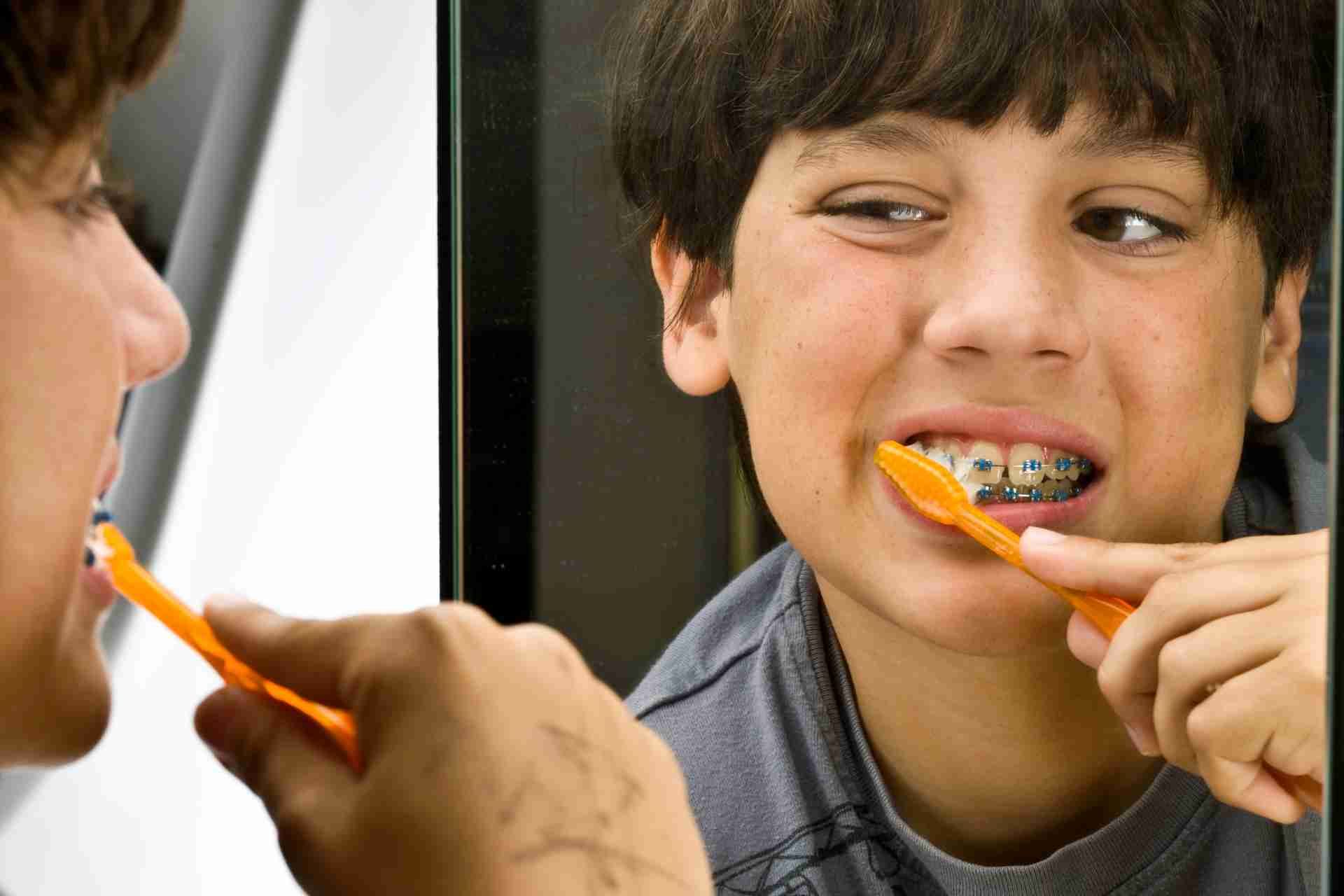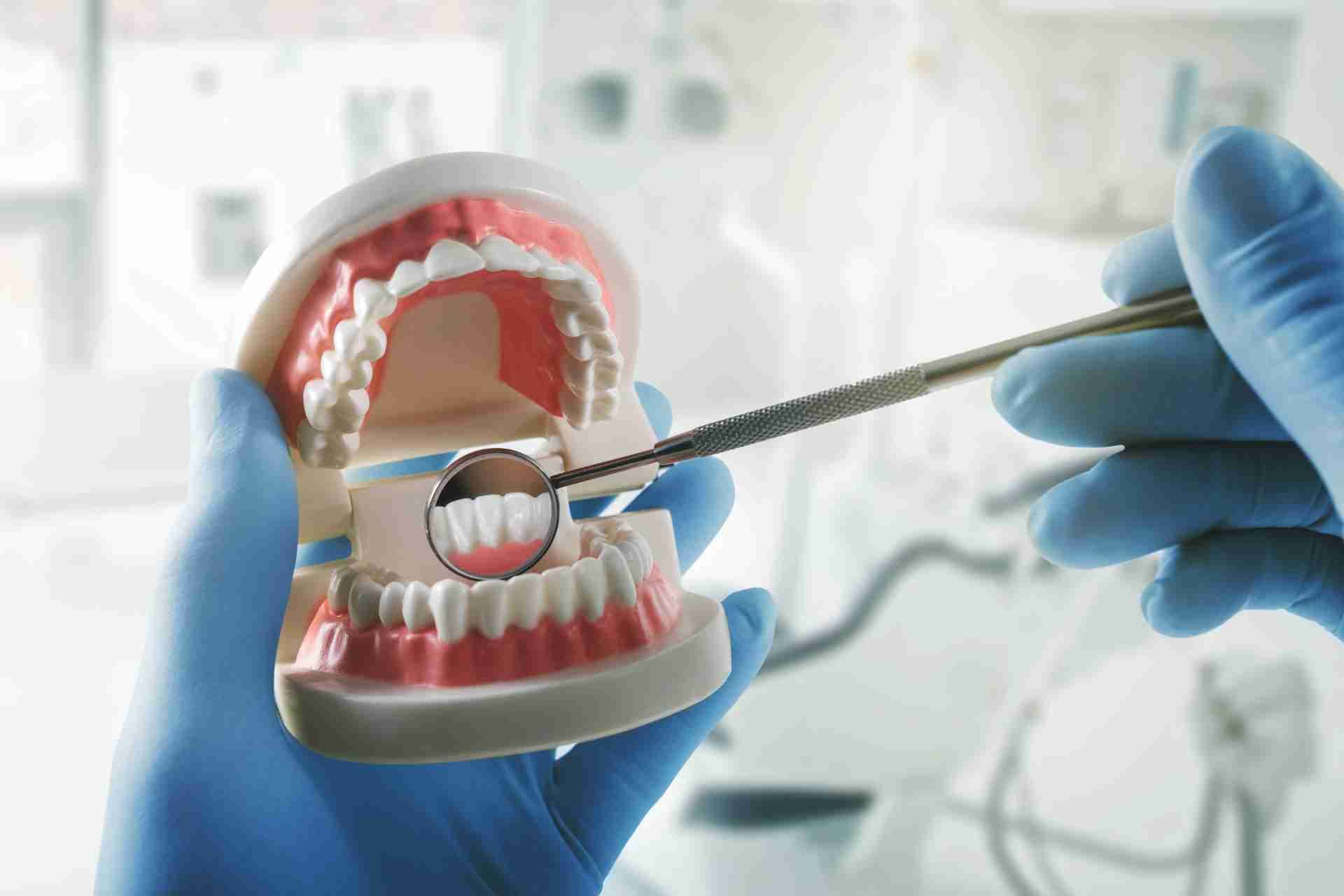Teething Timeline: What to Expect and How to Help

Teething can be a challenging time for both you and your baby. It typically starts between 4 to 7 months, and you might notice some fussiness and changes in sleep patterns. Understanding what to expect can make this phase easier. You'll want to know the common signs and the best ways to soothe your little one. Let's explore how to navigate this journey together.
The Teething Timeline: When to Expect the First Tooth
As your baby grows, you might wonder when to expect that first tooth to break through. Typically, most infants start teething between 4 to 7 months, but some may even begin as early as 3 months or as late as 12 months.
The two bottom front teeth, known as the central incisors, are usually the first to emerge. After that, you'll likely see the top front teeth come in next.
Every baby is unique, so don't stress if your little one's timeline doesn't match the average. Genetics can play a role, too, so consider when you or your partner started teething.
Keep in mind that patience is key during this exciting stage of growth for your baby!
Common Signs and Symptoms of Teething
Teething can be a challenging time for both you and your baby, as several signs and symptoms often signal the arrival of those little teeth.
You might notice increased drooling, which can lead to rashes around the mouth. Your baby may also become more fussy or irritable than usual.
Watch for changes in their eating and sleeping patterns; they might refuse to eat or have trouble settling down at night. You may even observe them gnawing on their fingers or toys, seeking relief for sore gums.
Some babies experience mild fever or diarrhea, but if symptoms worsen, consult your pediatrician.
Understanding these signs will help you support your baby through this uncomfortable phase.
The Order of Tooth Emergence
Recognizing the signs of teething is just the beginning; understanding the order in which your baby's teeth emerge can help you anticipate what's next.
Typically, the first teeth to appear are the two lower central incisors, usually around 6 months. Next, you'll likely see the two upper central incisors follow closely behind.
After that, the lateral incisors, both upper and lower, usually make their entrance. Around the first year, the first molars arrive, and shortly after, the canines come in.
Understanding Teething Pain and Discomfort
While your baby's teeth are pushing through, they might experience some discomfort and pain that can be challenging for both of you. Teething typically starts around six months, but it varies from child to child.
You may notice your baby becoming more irritable, drooling excessively, or chewing on everything in sight. These signs indicate they're feeling the pressure of their emerging teeth.
It's important to recognize that this discomfort can affect their sleep and eating habits. You might also see swollen gums or occasional fever.
Understanding these symptoms can help you empathize with your little one. Keeping a close eye on their behavior will help you identify when they're particularly uncomfortable, making it easier to support them during this tough time.
Natural Remedies to Soothe Teething Pain
As your little one experiences the discomfort of teething, you might want to explore natural remedies that can provide relief. One effective option is a chilled teething ring. The coolness numbs the gums, easing pain.
You can also try gently massaging their gums with a clean finger; this can offer comfort and distraction. Another remedy is to give them a cold washcloth to chew on, which can soothe irritation.
Herbal teas, like chamomile, may help too; just ensure they're safe for infants. Additionally, some parents find that essential oils, like clove oil, can be effective when diluted properly.
Always remember to monitor your child's reactions and adjust as needed, focusing on what brings them the most comfort.
When to Consult a Pediatrician
Even with natural remedies providing some relief, there are times when it's important to seek guidance from a pediatrician.
If your little one experiences severe pain that doesn't improve, it's crucial to consult a professional. Watch for signs like high fever, persistent diarrhea, or unusual rash—these could indicate more than just teething.
If your baby's irritability escalates, or if they refuse to eat or drink for an extended period, reach out to your pediatrician.
Additionally, if you notice swollen gums that seem excessively painful, don't hesitate to ask for advice.
The Role of Teething Toys and Accessories
Teething toys and accessories play a crucial role in easing your baby's discomfort during this challenging phase.
These specially designed items can provide relief by soothing sore gums and distracting your little one from the pain. Look for toys made from safe, non-toxic materials that are easy for your baby to grasp. Soft rubber teething rings and textured toys can be particularly effective at massaging tender gums.
Chilled teething toys can also offer additional comfort, as the coolness numbs the area. Consider accessories like teething bibs to catch drool and keep your baby dry.
Tips for Managing Sleep Disruptions During Teething
While your baby's teething can disrupt their sleep, you can take steps to minimize these disturbances.
First, establish a calming bedtime routine to help your little one wind down. Consider using a warm bath or gentle massage to soothe them before sleep.
Next, try offering a safe, chilled teething toy right before bed to ease discomfort. If your baby wakes during the night, comfort them with soft words and gentle rocking, but avoid picking them up if possible, so they learn to self-soothe.
Keep the room dark and quiet to create a peaceful environment.
Lastly, be patient; this phase won't last forever. With these strategies, you can help both you and your baby find some restful nights during teething.
Maintaining Oral Hygiene During the Teething Phase
As your baby's teeth start to emerge, it's essential to maintain their oral hygiene to prevent discomfort and future dental issues.
Begin by gently wiping your baby's gums with a clean, damp cloth after feedings. This helps remove bacteria and prepares their mouth for incoming teeth.
Once their first tooth appears, switch to a soft-bristled baby toothbrush and water. Use a tiny smear of fluoride toothpaste when they're around two years old.
Avoid sugary snacks and drinks, as they can lead to cavities. Encourage your baby to drink water after meals.
Regular dental check-ups, even if they only have a few teeth, will help ensure their oral health stays on track as they grow.
Celebrate Each Milestone: Documenting Your Baby's Dental Journey
Documenting your baby's dental journey can be a joyful experience, especially when you capture each milestone along the way. From the first tooth breaking through the gums to those adorable smiles with tiny pearly whites, every moment is worth remembering.
Consider keeping a scrapbook or digital album dedicated to this journey. Snap pictures of those first teeth and jot down your baby's reactions and any funny moments that happen during teething. You could also track when each tooth comes in and how your little one copes with the discomfort.
Sharing these milestones with family and friends not only celebrates your baby's growth but also creates lasting memories. Cherish these moments, as they'll be cherished reminders of your child's early years!
Conclusion
Teething can be a challenging time for both you and your baby, but understanding what to expect makes it easier. By recognizing the signs, using natural remedies, and maintaining good oral hygiene, you can help soothe your little one's discomfort. Don't forget to celebrate each milestone as those tiny teeth emerge! Embrace this journey, and remember, it won't last forever. Soon enough, your baby will have a beautiful smile to show off!


